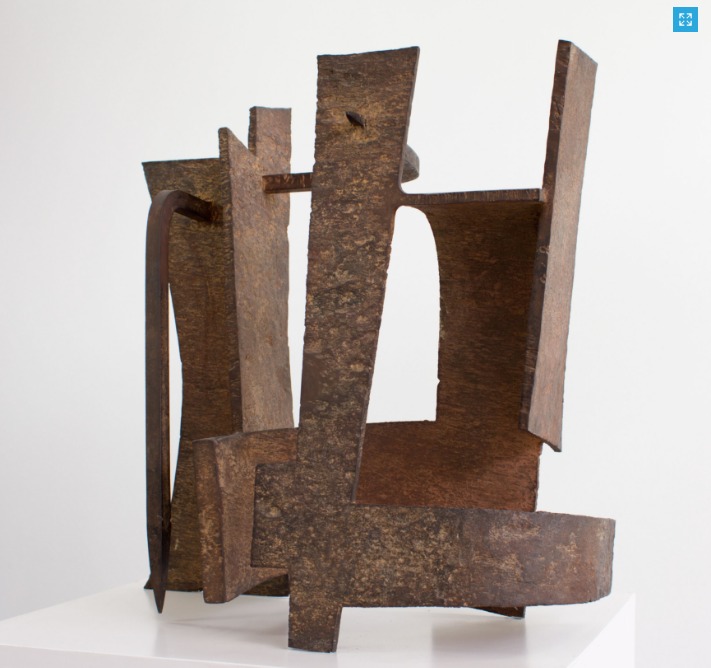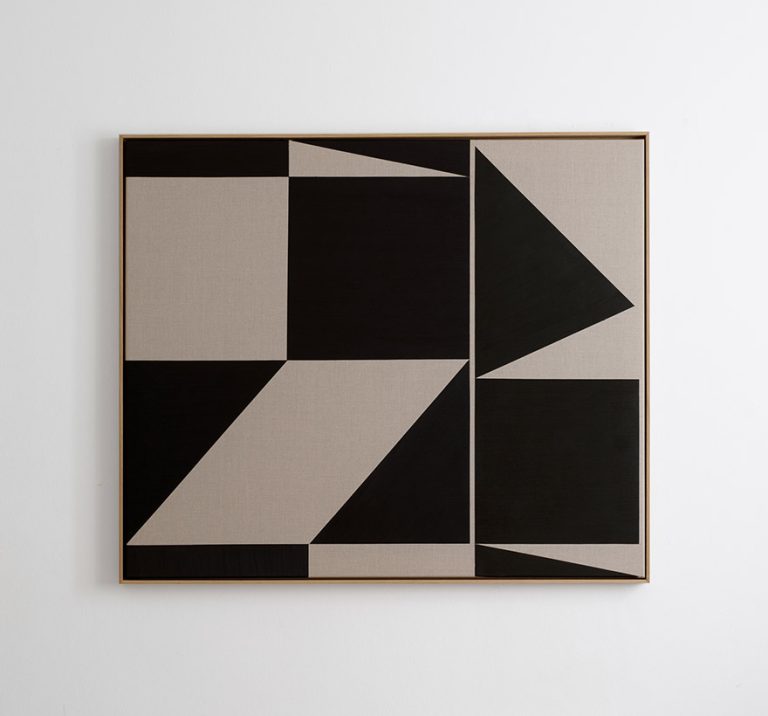Eymoutiers (Haute-Vienne). History can also be seen as an art of discontinuity, thus defying the imposed chronological order. Thus, to those who think that expressionism ended in 1914, we recommend the work of Roger-Edgar Gillet (1924-2004), exhibited in a space devoted to his friend Paul Rebeyrolle (1926-2005). Both took part in the selection committee for the Salon de Mai, which in the 1950s was a major international salon and a political hotbed. Their meeting is luminous, because both of them practice a powerful painting which imposes itself immediately. However, unlike his colleague, Gillet does not use assemblages in his works. Nevertheless, his paintings are made from a thick material with brown and earthy tones. This “tactile” aspect – Gillet admits to loving kneading dough – as well as a harsh theme, present striking affinities with those of his illustrious predecessors, the members of Die Brücke, the first expressionist group, formed in Dresden in Germany in 1905. Other distant memories come to mind: James Ensor, with his biting humor and his grotesque characters with deformed faces and bodies, Goya and his universe where madness is always present. In other words, Gillet is part of an uninterrupted expressive lineage. However, the artist is rooted in his time. Thus, at the beginning of his career, he was inspired by Bonnard and Vuillard. A few years later, he turned to gestural painting, seemingly abstract (Untitled, 1952). With success, because, close to lyrical abstraction, he was invited to participate in the exhibition “Significants de l’informel” organized by Michel Tapié in 1952, as well as at the Salon d’October in 1953. Nevertheless, even at During this period, Gillet’s works seem to hide or suggest forms, sometimes evoked by their title. The owl (1951) is one of those animals that make up a disturbing bestiary.
Fanciful architectures
Realizing that the distinction between abstraction and figuration has lost all relevance, the artist invents a world where bodies intertwine and form clusters (The Binches1968; The Anatomy Lesson, 1965). The spectator discovers other lesser-known images at the Espace Rebeyrolle. They are imaginary ancient cities, certainly born in Gillet’s dreams. These whimsical architectures are reminiscent of Giovanni Battista Piranesi’s “Imaginary Prisons”, ambiguous spaces whose different levels overlap (Impossible gait, impossible steps, nineteen eighty one). From time to time a frightening face emerges (The judge1977) or a “portrait” that retains only a residual resemblance (Portrait of Dinah, 1990). Opposite this last work, one thinks of the sentence uttered by Gillet after having seen, in New York, the portrait of a bishop painted by El Greco: “I said to myself that with abstract painting, we were losing something: we could no longer paint the depth of a gaze. »







